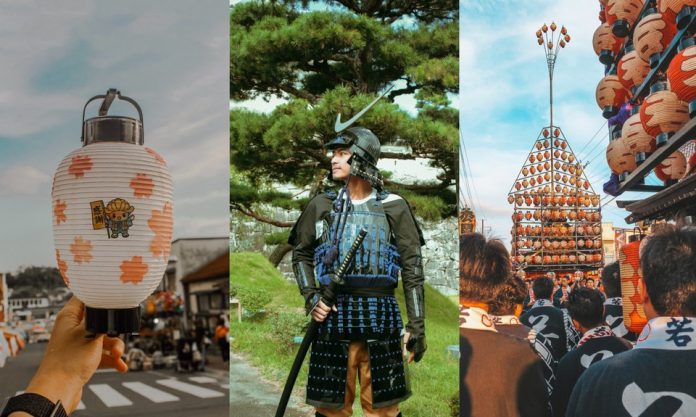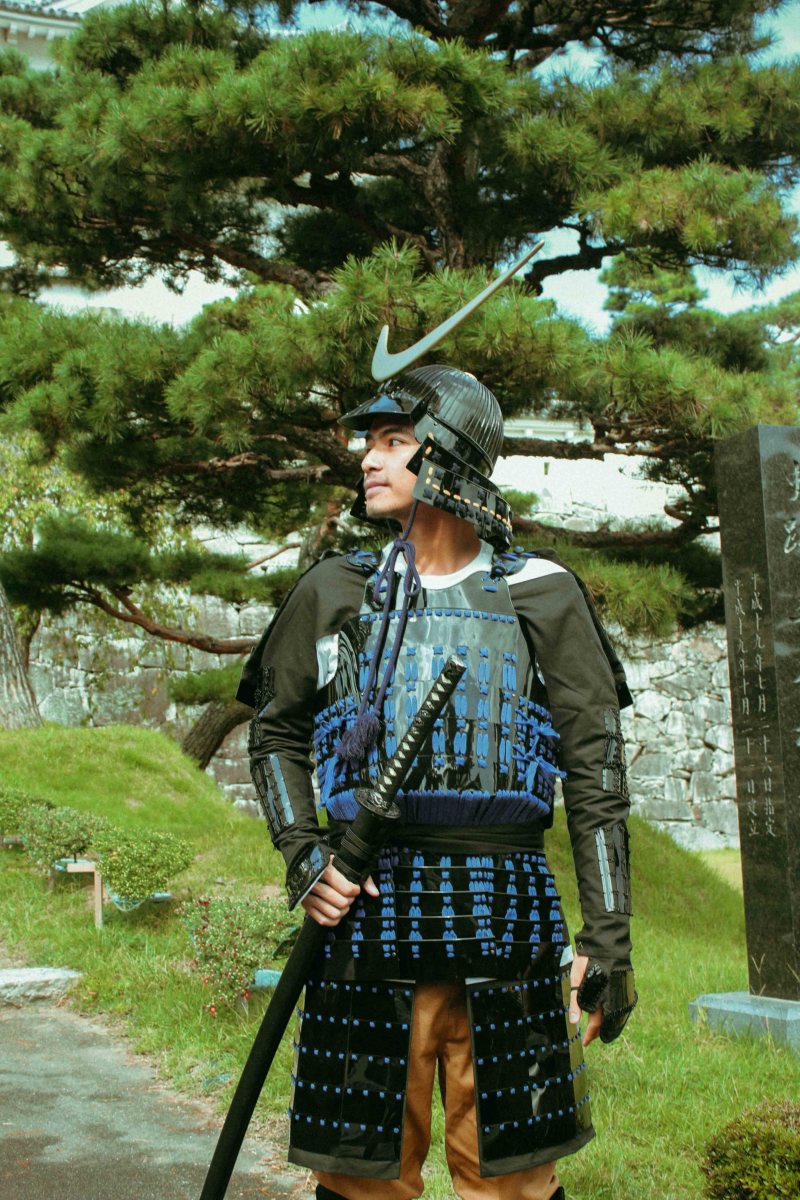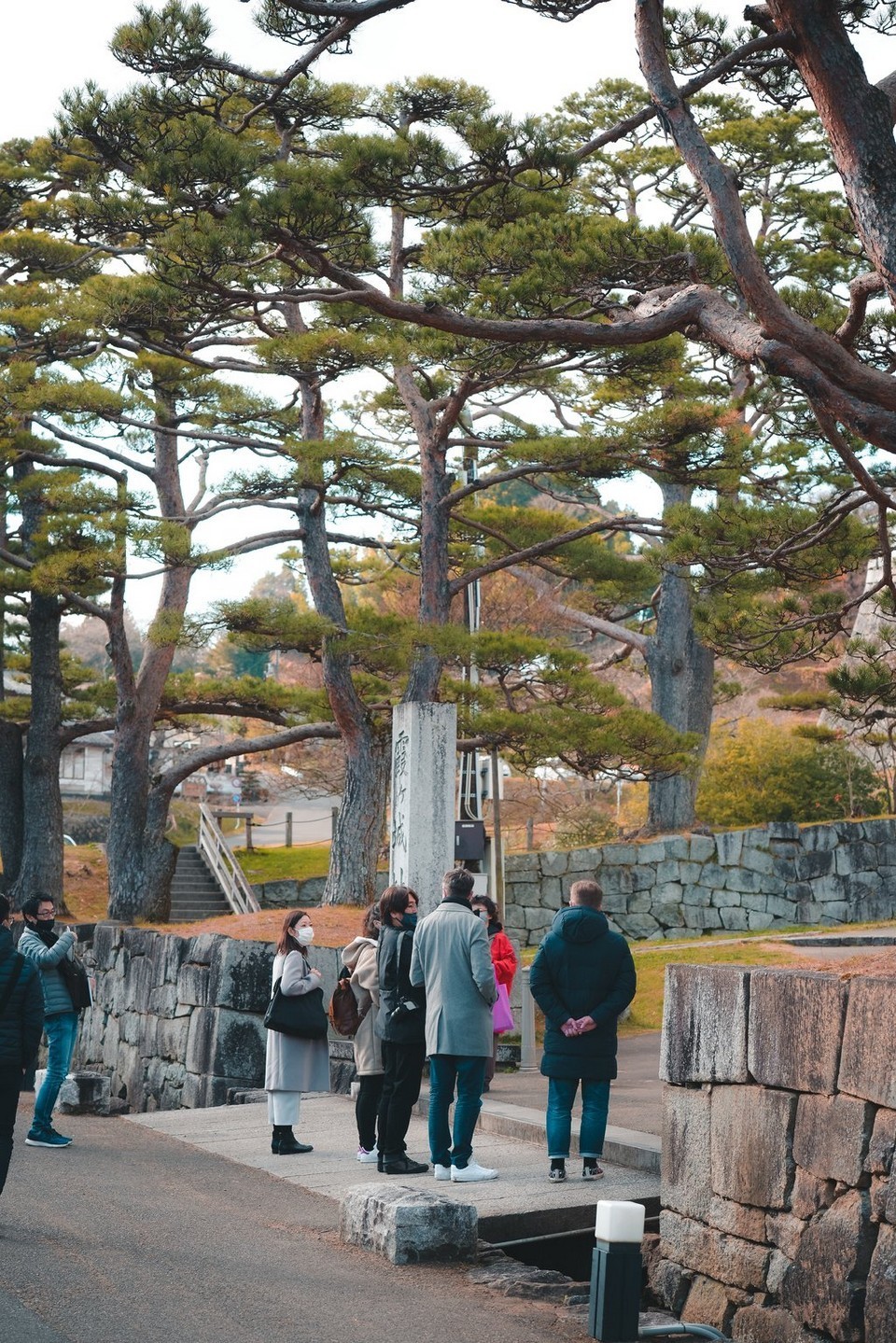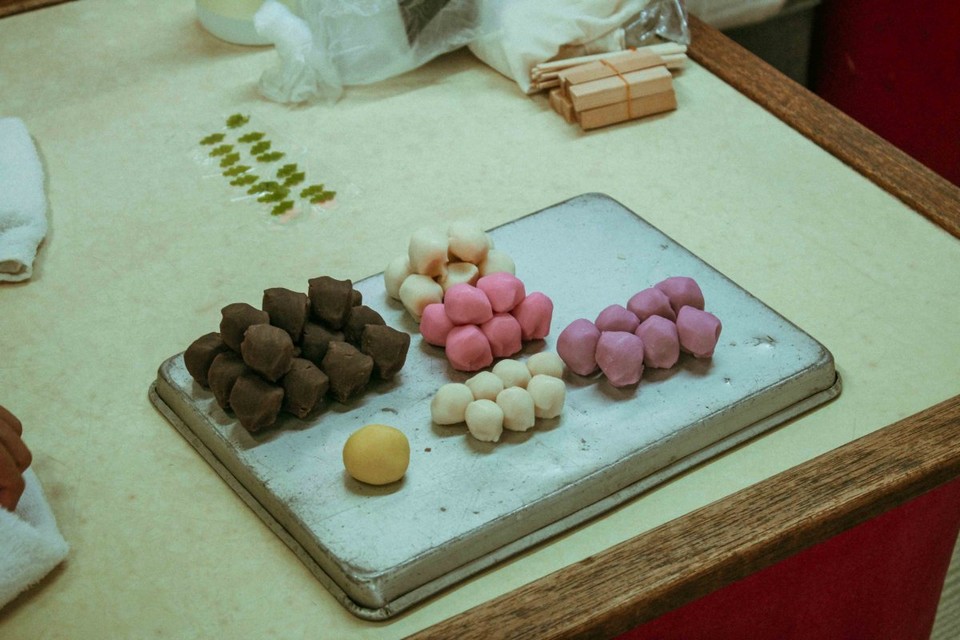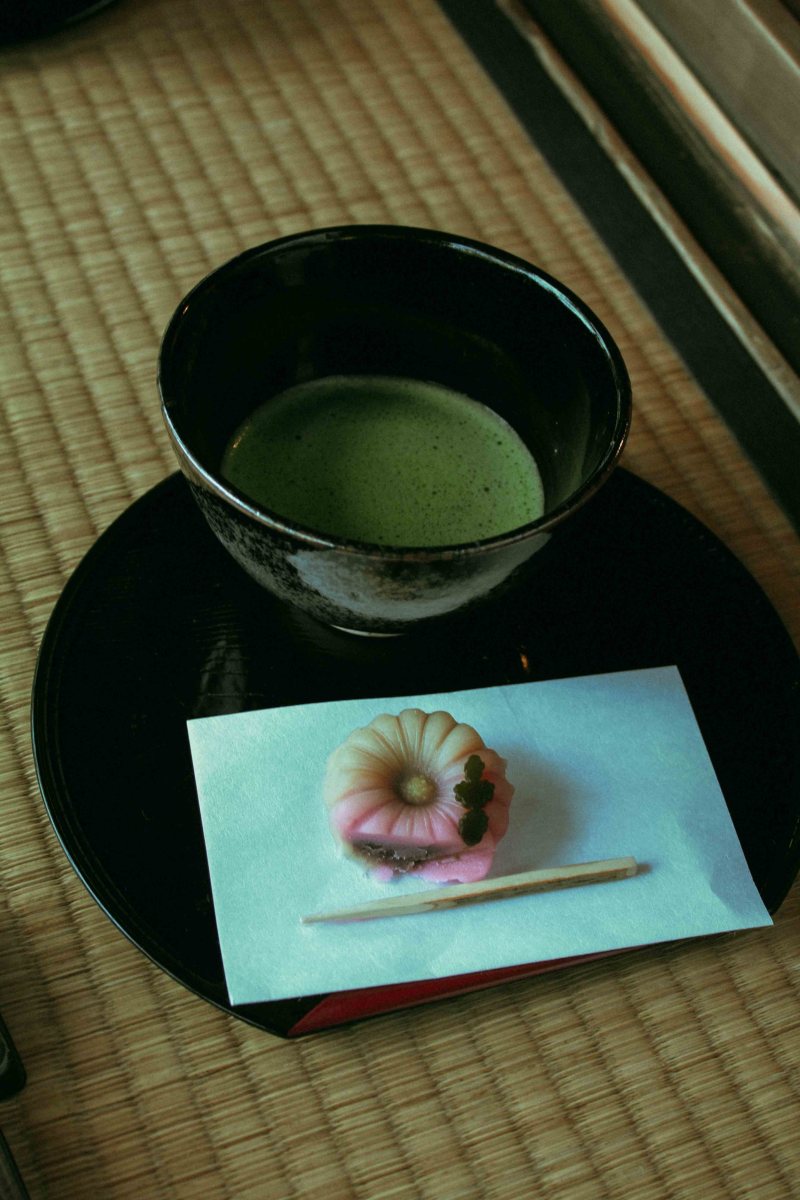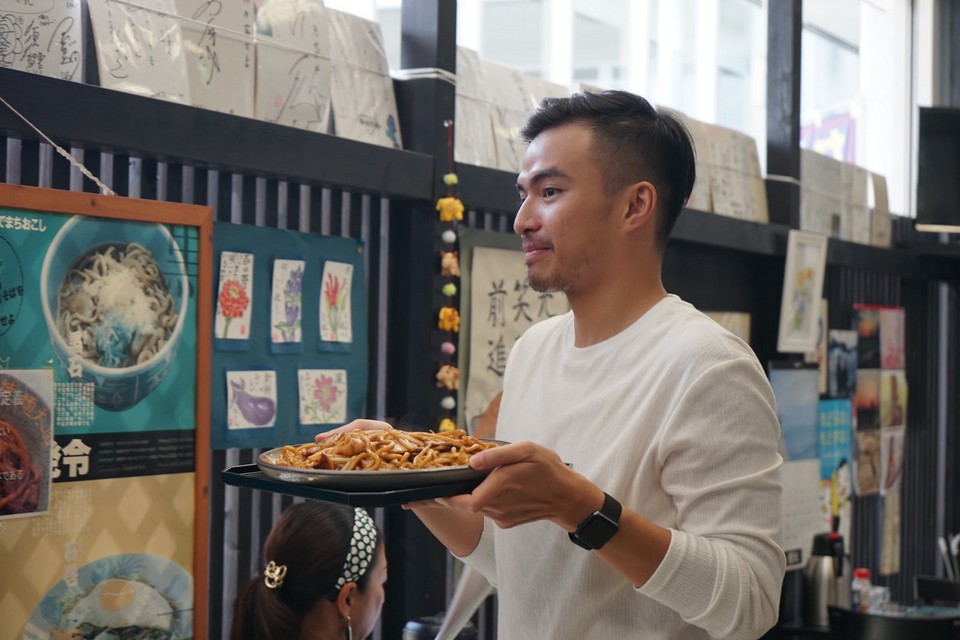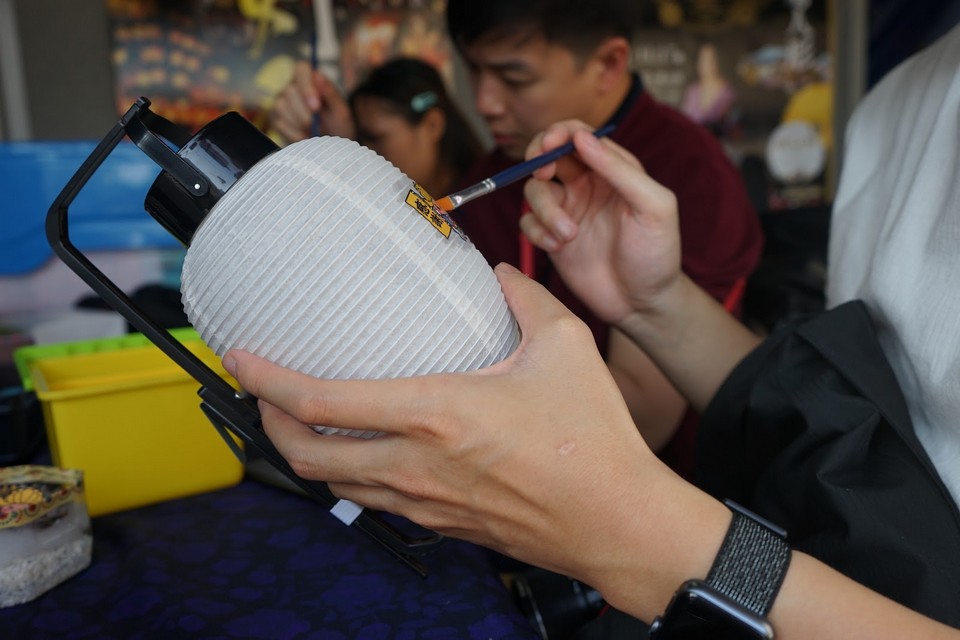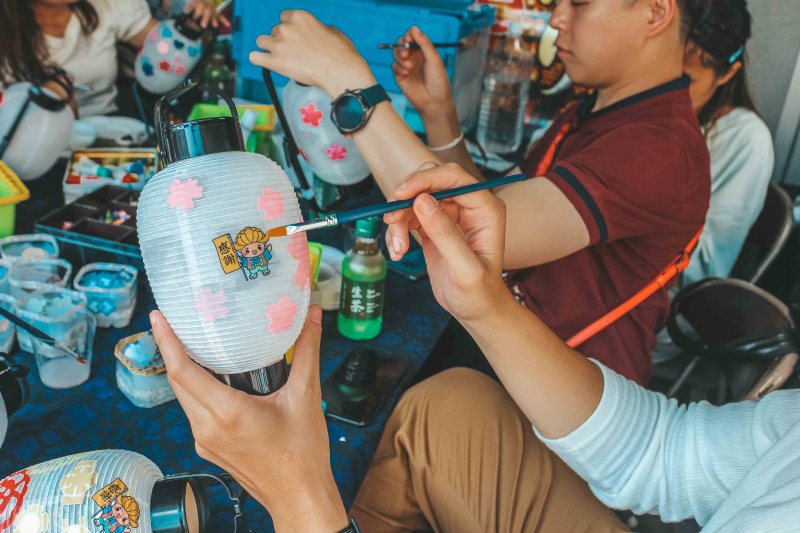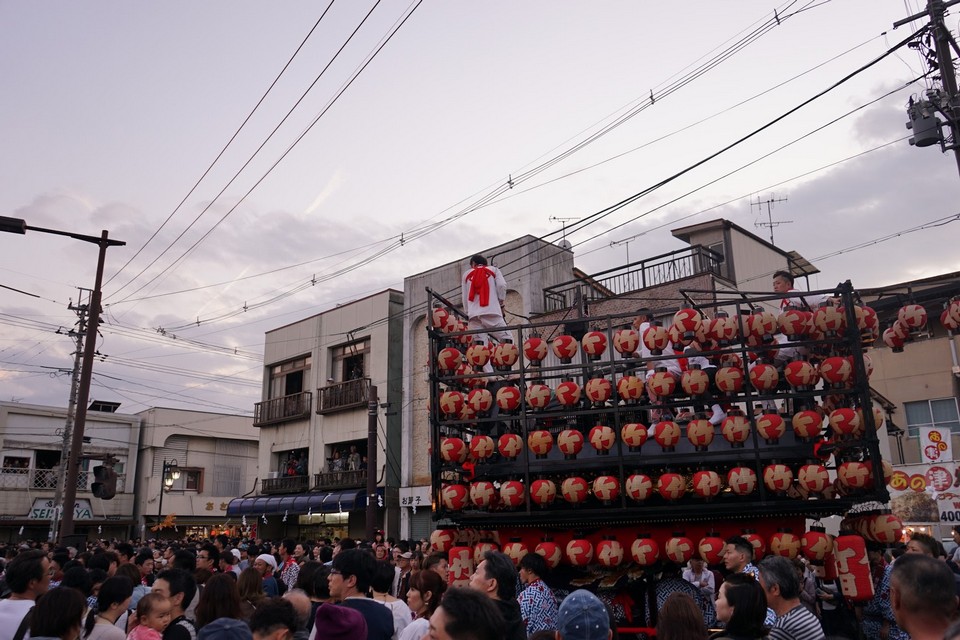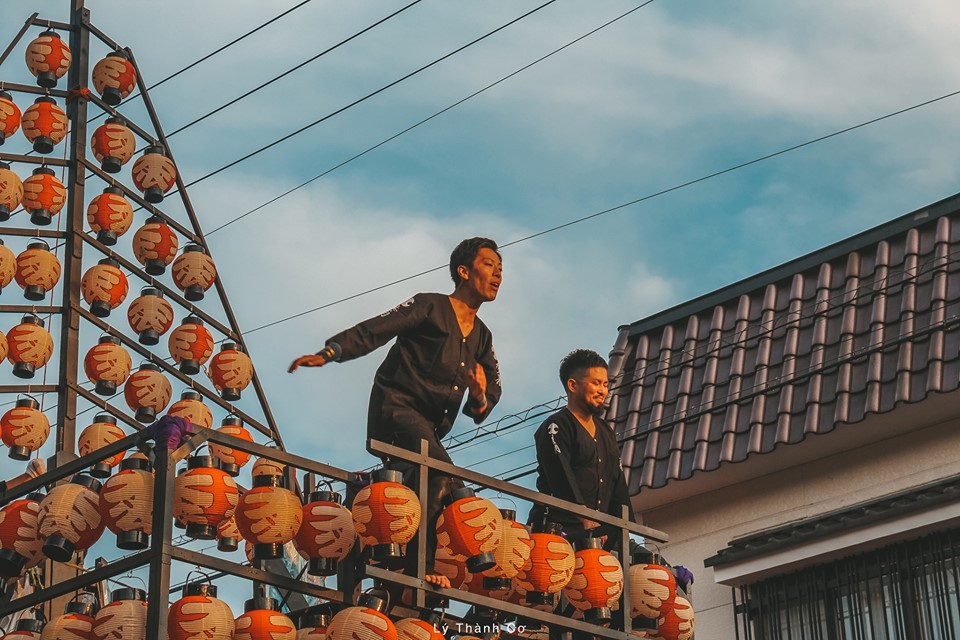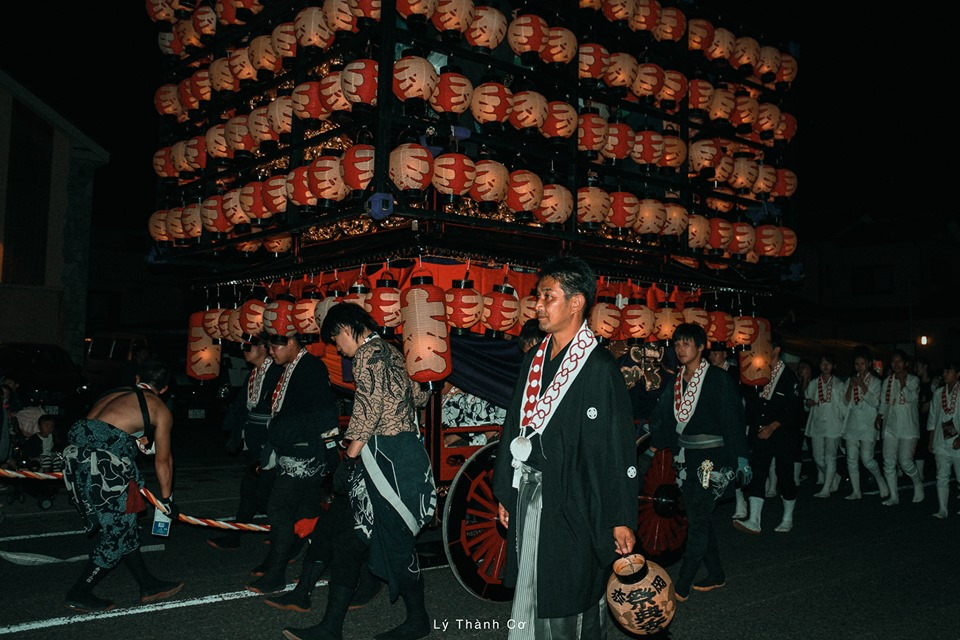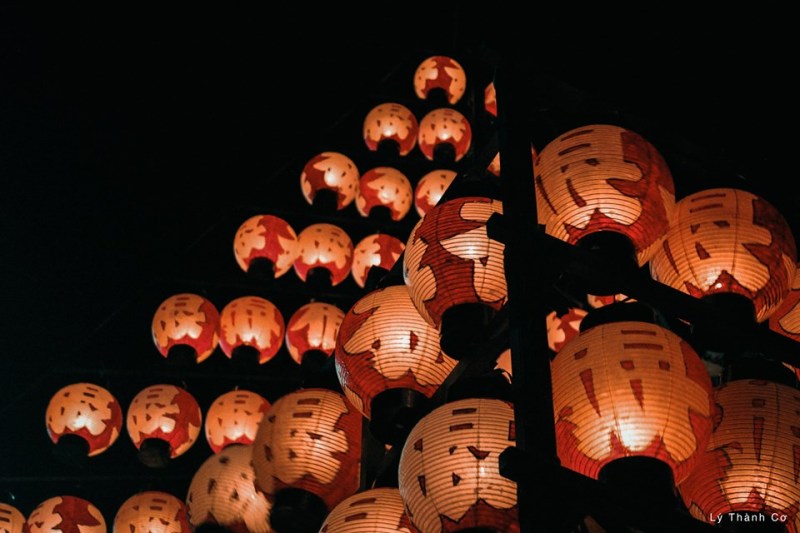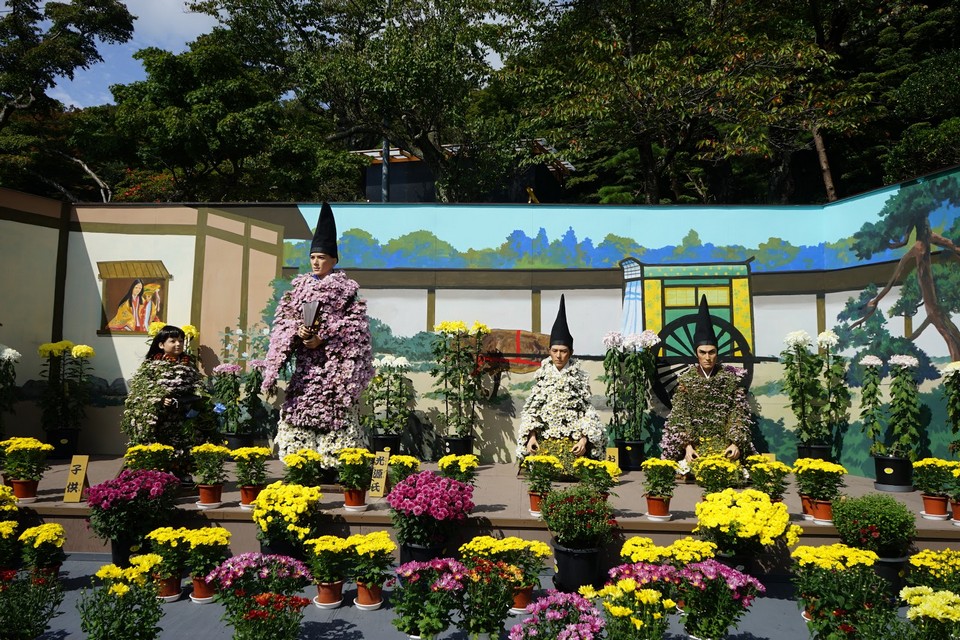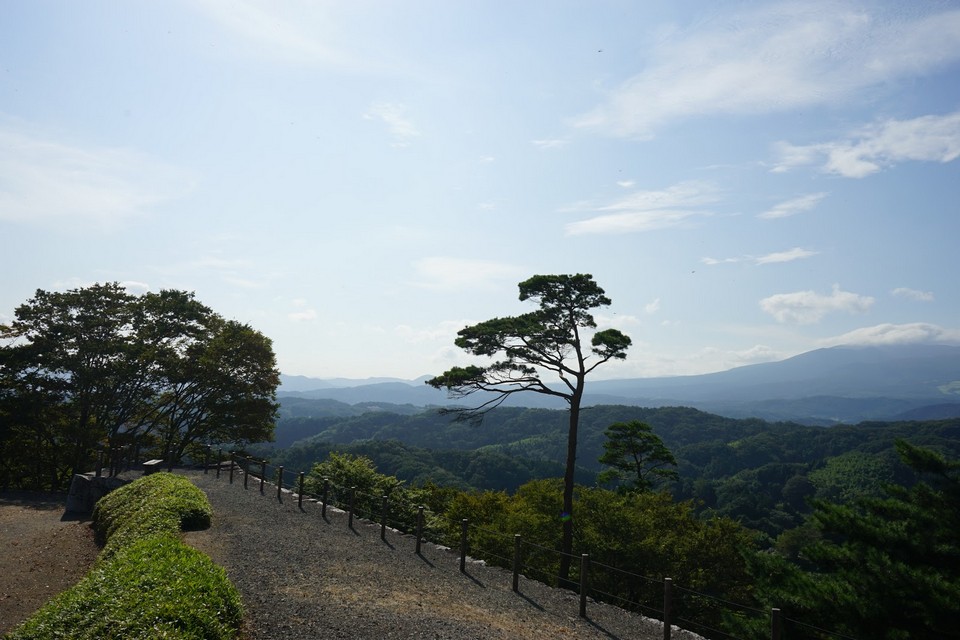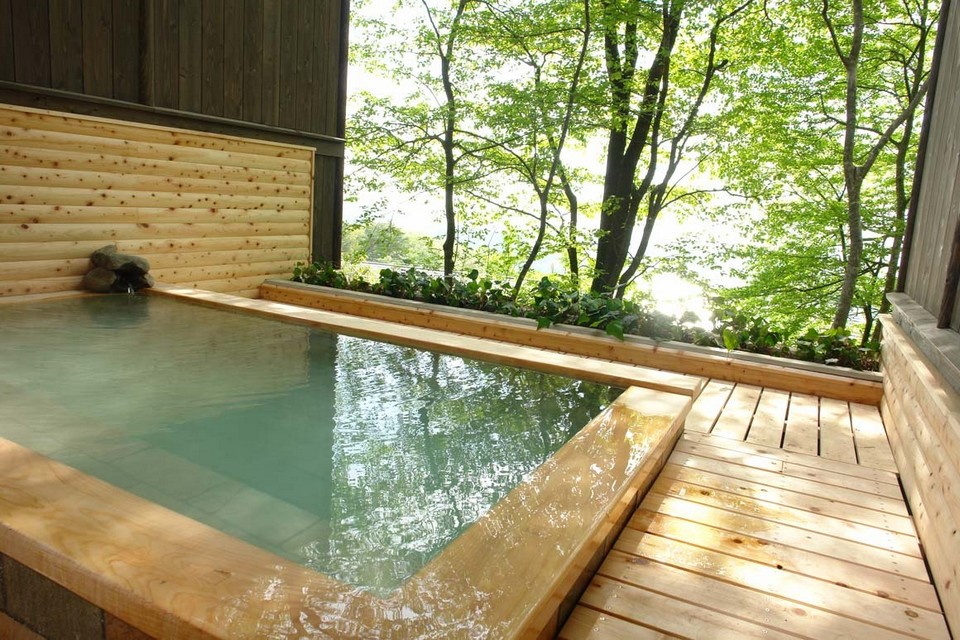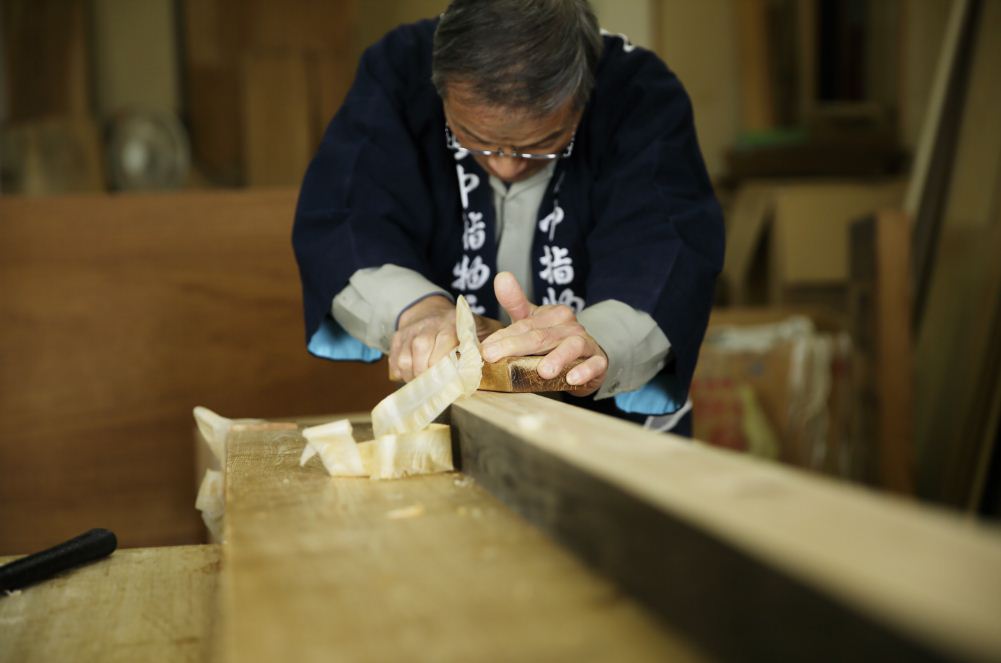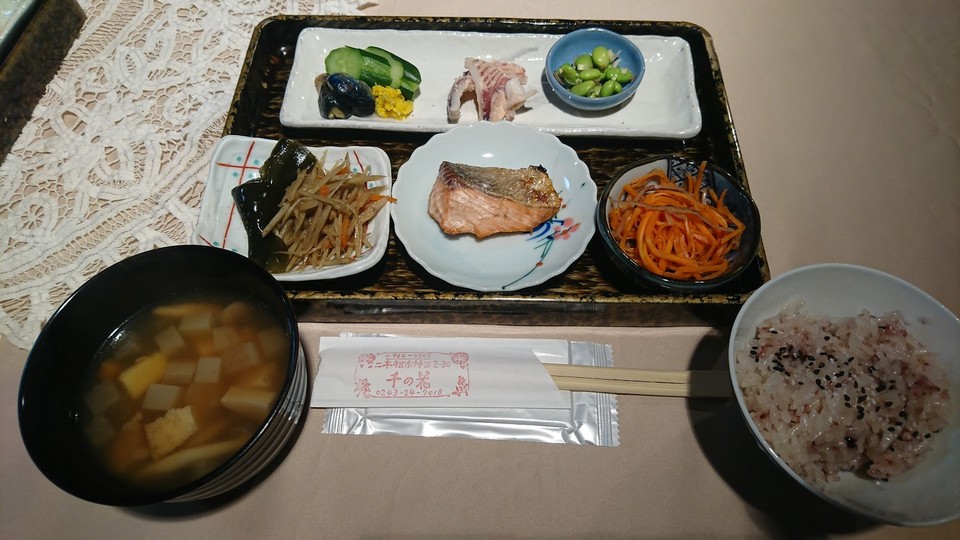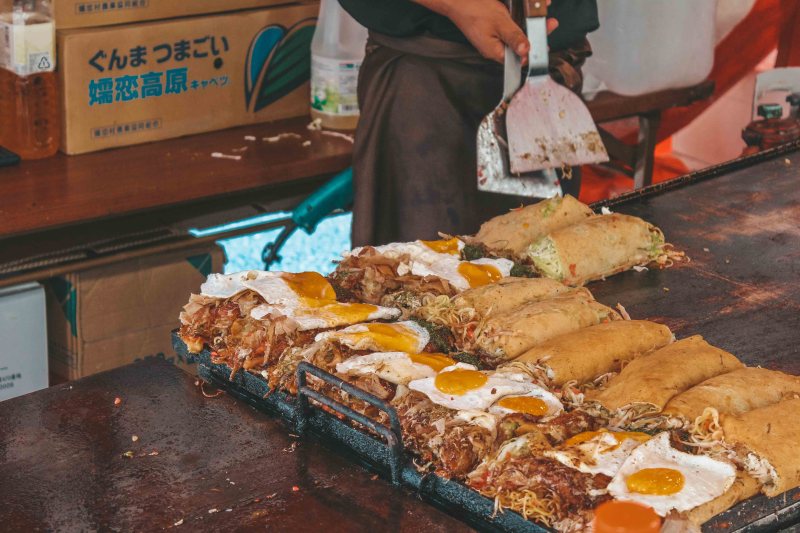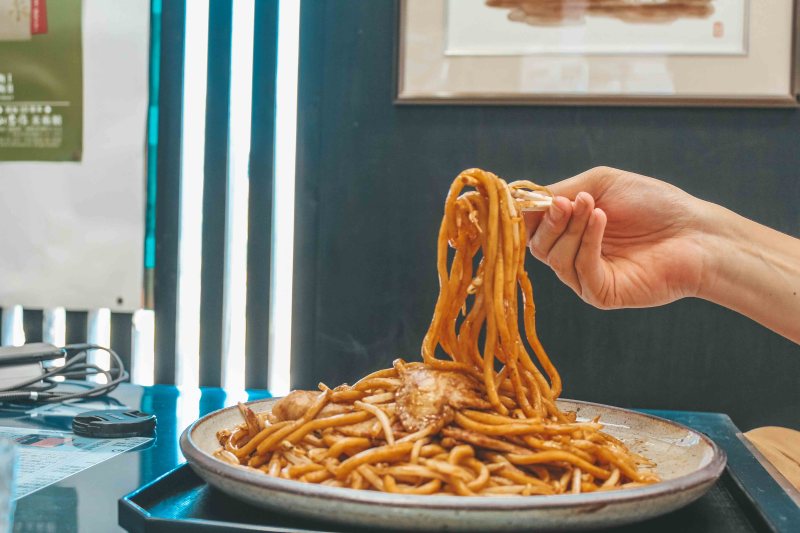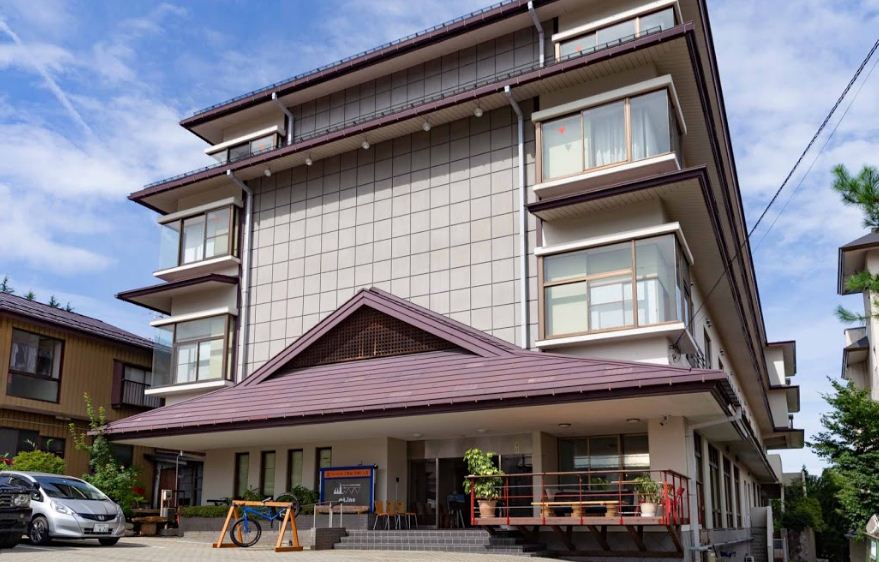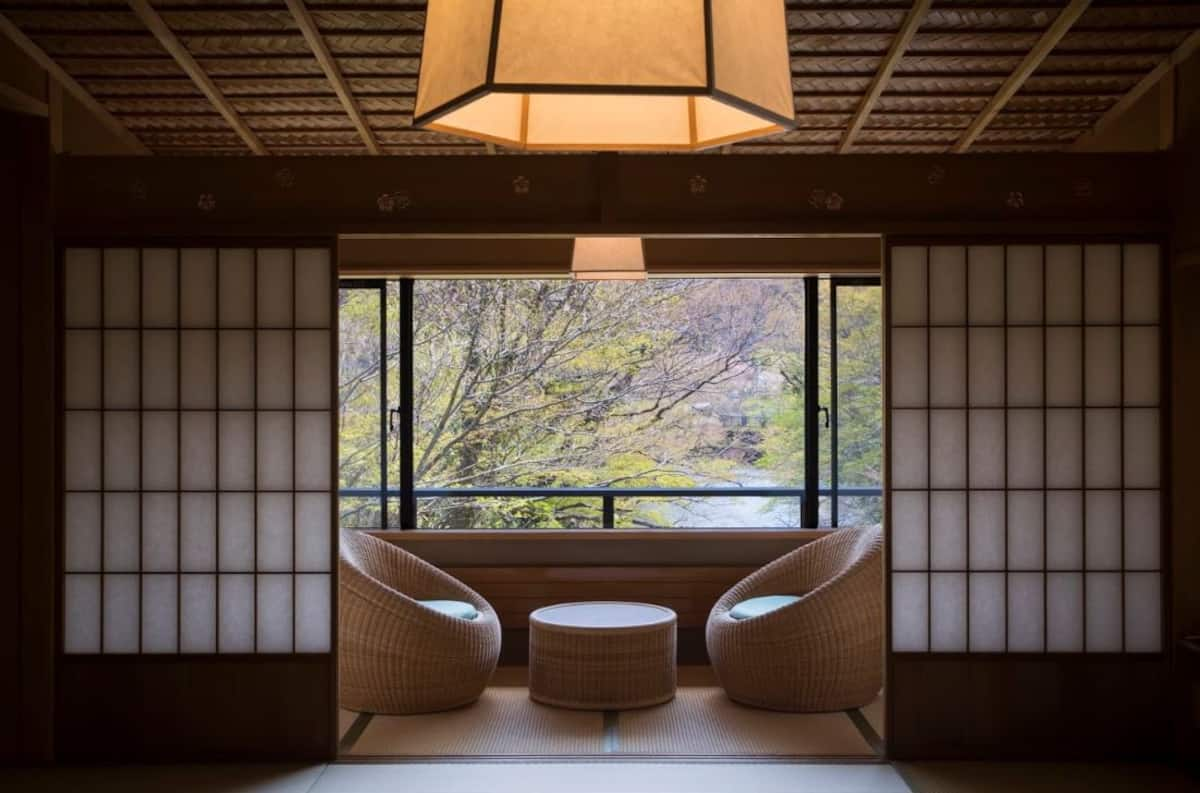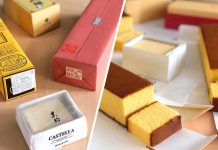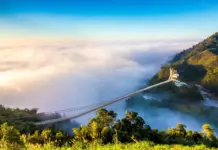The historic city of Nihommatsu (or Nihonmatsu city) is a small city located near Fukushima Prefecture in the Tohoku region with the most abundant nature in Japan. This is also one of the regions that I have not had the opportunity to set foot in after 4 visit times Japan. So, one day in early October, I picked up my backpack and headed to Tokyo. I didn’t stay there long but catched a Shinkansen to went to Fukushima Prefecture to explore this beautiful little city. So, what to do and how to plan a perfect budget trip to Nihonmatsu – The Land of Chrysanthemums and Lanterns for the first-time? Let’s check out our Nihonmatsu Japan blog with the fullest nihonmatsu travel guide from how to get there, where to stay, best places to visit and top things to do to find out the answer!
- 7 days in Japan itinerary: Suggested 1 week in Japan itinerary for what to do in Japan for 7 days
- The ULTIMATE Uji travel guide: Top attractions, best things to do in Uji Kyoto, Tips & MORE
- Kyoto itinerary 5 days: How to spend 5 days in kyoto perfectly?
- 19+ best sightseeing spots & most beautiful places to see in Japan: Mountains – Forests – Seas – Cities
- The ULTIMATE Gifu travel guide: Top attractions, best places to visit, stay & MORE
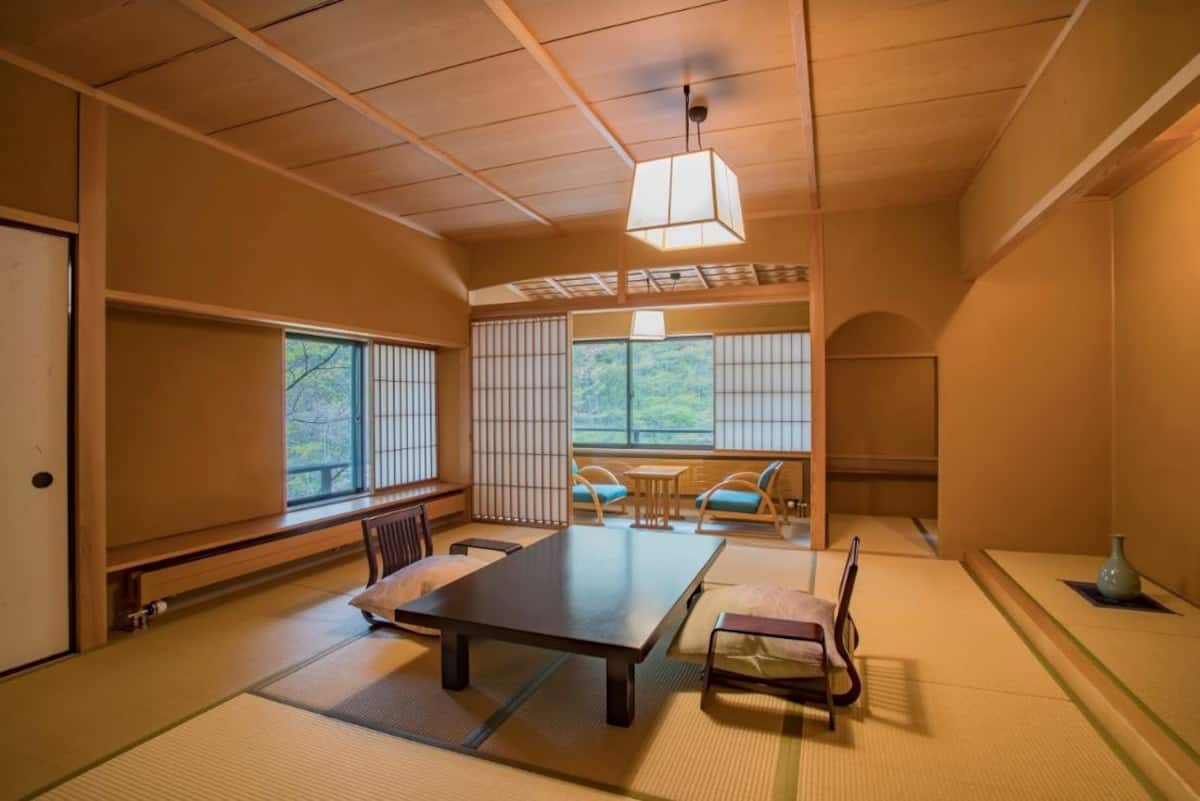
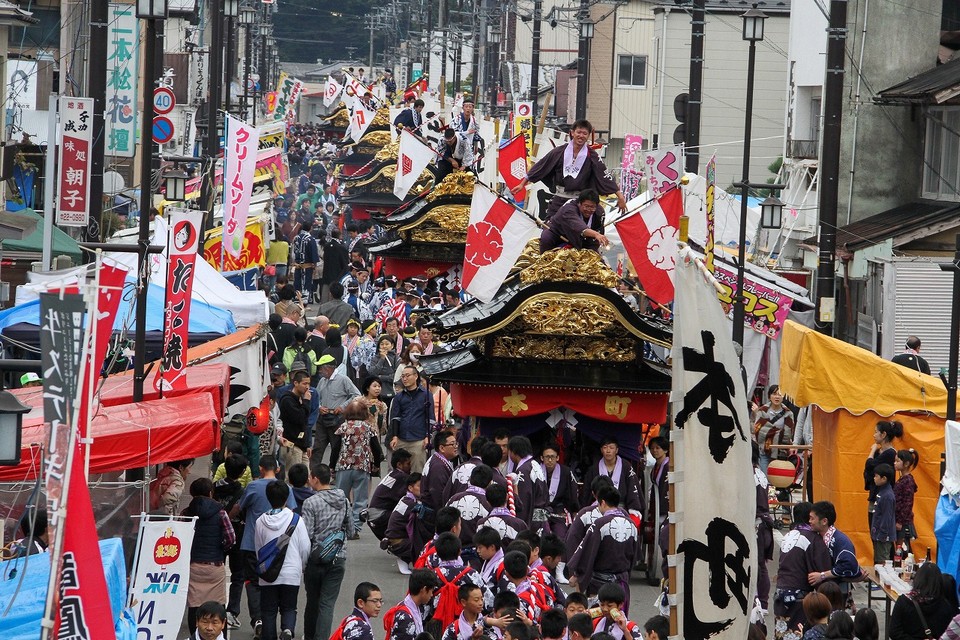
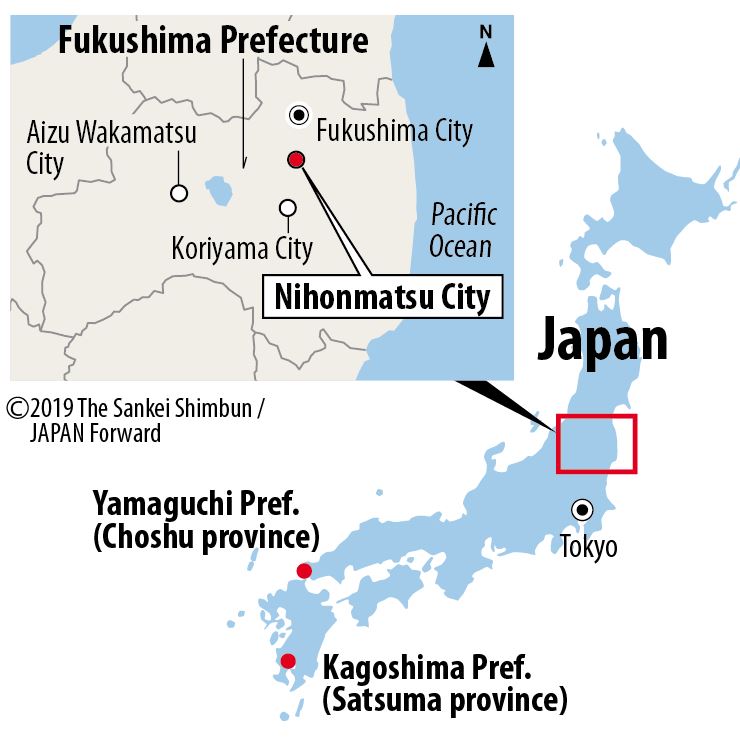
Nihommatsu blog: Best things to do in Nihonmatsu Japan
Wearing Samurai armor and walking around Kasumigajo Castle
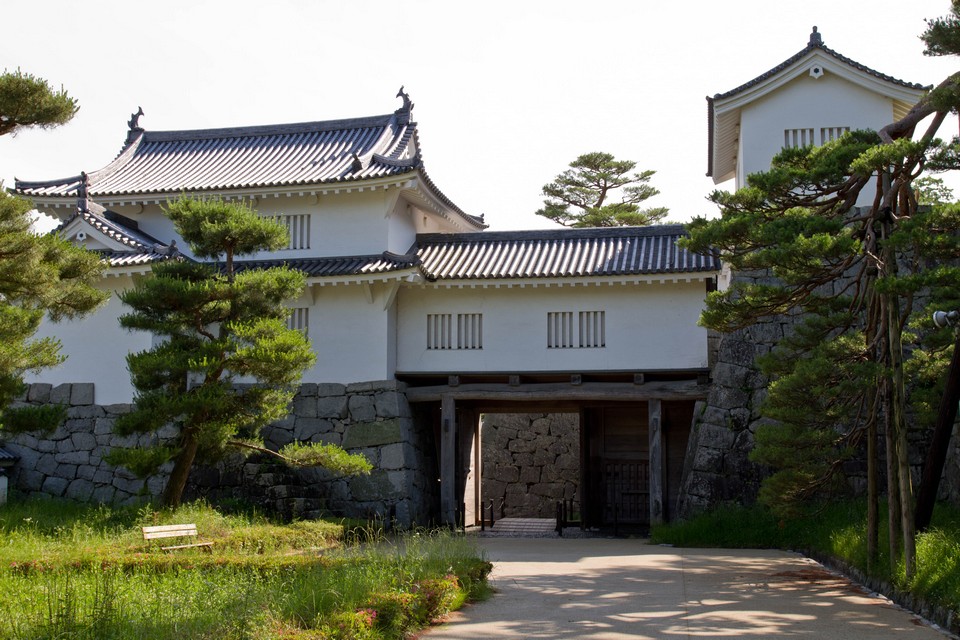
Kasumigajo Castle consists of the remains of two castles, with Nihonmatsu Castle later built in the 17th century. The castle collapsed during a brutal battle during the Boshin Civil War with imperial army. In 1872, the castle ruins were demolished, although the walls remained. A gate and watchtower were rebuilt in 1982, with a follow-up in 1993. The site became a National Historic Landmark in 2007. Kasumigajo Castle is the site where many of Nihonmatsu’s important festivals take place such as: Cherry blossom festival, Chrysanthemum flower festival in beginning of October, right on during my trip. Kasumigajo is recognized as one of the 100 most beautiful castles in Japan, a must-visit place if you visit little beautiful city of Nihonmatsu of Fukushima prefecture.
An interesting activity here is to dress up as a samurai in two optional armors of red and blue. Only 1,000 JPY you can use for 1 hour to walk around this castle.
Address: 3 Chome Kakunai, Nihommatsu, Fukushima 964-0904, Japan
Experience of making Wagashi and experience tea ceremony
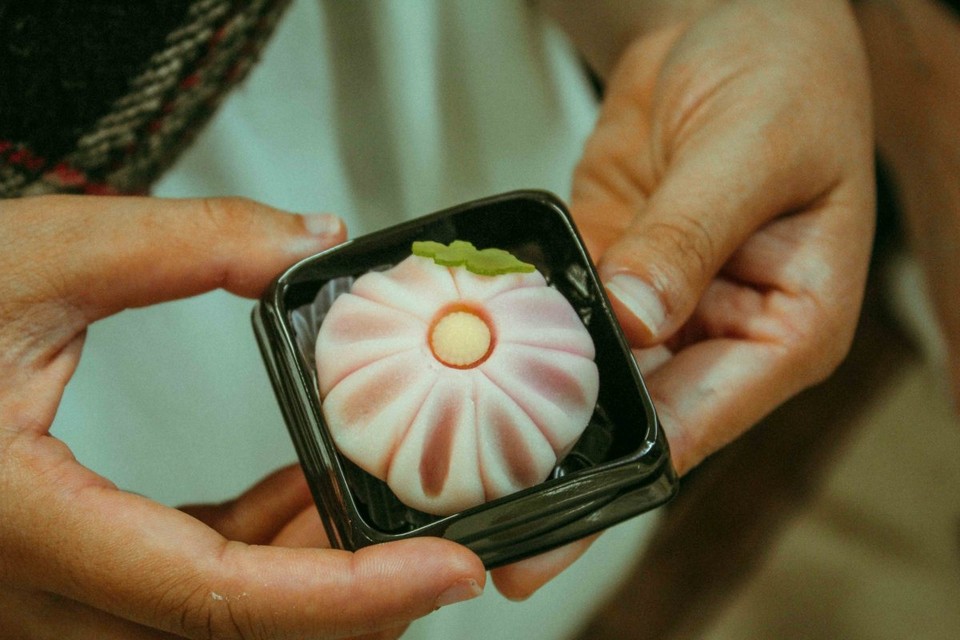
There is also an old Japanese confectionery (wagashi, traditional Japanese confections, sweets) store next to the castle. You can learn to mold red bean sweets with artisans and enjoy Japanese tea ceremony together at a picturesque restaurant nearby. Making wagashi is really fun if you go with family or friends! Artisan Matsumoto happily shows participants the quintessence of Japanese confectionery art and the subtle cultural features hidden behind the pretty sweets such as the colors corresponding to the seasonal flowers or the way to mix red bean paste with other ingredients to create different wagashi colors. After molding my own sweets, I understood why wagashi is so expensive, making beautiful wagashi requires an extremely skillful handing, subtle and full of experience. Sipping tea, tasting wagashi and enjoying the view is an elegant combination bearing bold Japanese style that you won’t find in crowded tourist areas.
Wagashi is the name of traditional Japanese sweets usually made with plant-based ingredients such as red beans, green beans, and white beans. During this trip, I also tried to draw Wagashi Art, which is a very sophisticated process before making a Wagashi. The, you can then take them away to enjoy with matcha tea.
Matsumoto shop: 2 Chome-220 Kamegai, Nihommatsu, Fukushima
The place where you can bring your self-made sweets for tea ceremony is also quite close to the Matsumoto confectionery store, and close to Kasumigajo Castle. Here you will be able to enjoy Japanese style tea ceremony with Wagashi you already made. The sweetness of Wagashi will be neutralized by the bitterness of matcha tea that will make you melt when enjoying. And the surrounding hills and mountains views are also really relaxing for the soul.
Tea ceremony spot: Seishintei, 3 Chome-164-2 Kakunai, Nihommatsu, Fukushima
Participate in lantern making and Nihonmatsu lantern festival
Before heading to the festival, I had lunch at Suginoya, a restaurant specializing in Yakisoba from the Namie region, a seaside town in Fukushima. The yakisoba noodles here are bigger than usual and not too salty like regular yakisoba in Japan. For me, it lacks a bit of spicy taste but still quite delicious. According to my Japanese friend who came from Namie, this is a city that suffered a lot of damage in the earthquake and tsunami disaster in 2011, but the remaining people here are still resilient to maintain the quintessential cuisine of his homeland.
After spend the whole morning in Nihonmatsu castle, I moved back to Nihonmatsu station to participate in the Nihonmatsu lantern festival, the main purpose of visiting Nihonmatsu this time. Today’s main activity is here! In the center of the city will be an extremely vibrant and bustling lantern festival. However, it takes place only on October 6, 7, and 8 every year, this is also a special occasion for you to visit Nihommatsu and experience this cultural beauty. This is an experience you should definitely try when you come to Nihommatsu!
Let’s start by making paper lanterns. Actually, it is more correct to call it “decorating” the lantern. Initially, you will be given a pure white lantern, then there are many pre-made stickers with flowers, hearts, etc. for you to use and paste directly on the lantern.
After lunch, I started participating in the lantern festival. If you are a Naruto fan, you probably know that each village like the wind village, sand village has its own badge and in Nihonmatsu City there are 7 districts, each district also has its own badge including 本町(Honmachi),郭内(Kakunai), 若宮(Wakamiya), 根崎 (Wazaki), 亀谷(Kametani) ,竹田(Takeda), 松岡(Matsuoka ).
After finishing of making the lanterns, in the afternoon will be the main activity of the 3rd largest lantern festival in Japan. Every October, more than 3,000 lanterns are strung on 7 lantern carts with each cart is pulled by a caravan of locals. Each lantern cart represents a district in Nihomatsu, with a traditional Japanese Taiko drum parade around the city. Each cart carries over 300 lanterns, has its own music and drum beat. In addition to the lanterns at the main part of the cart, you’ll also notice decorative suginari lanterns at the top. And each cart of each district has a very unique yukata costume.
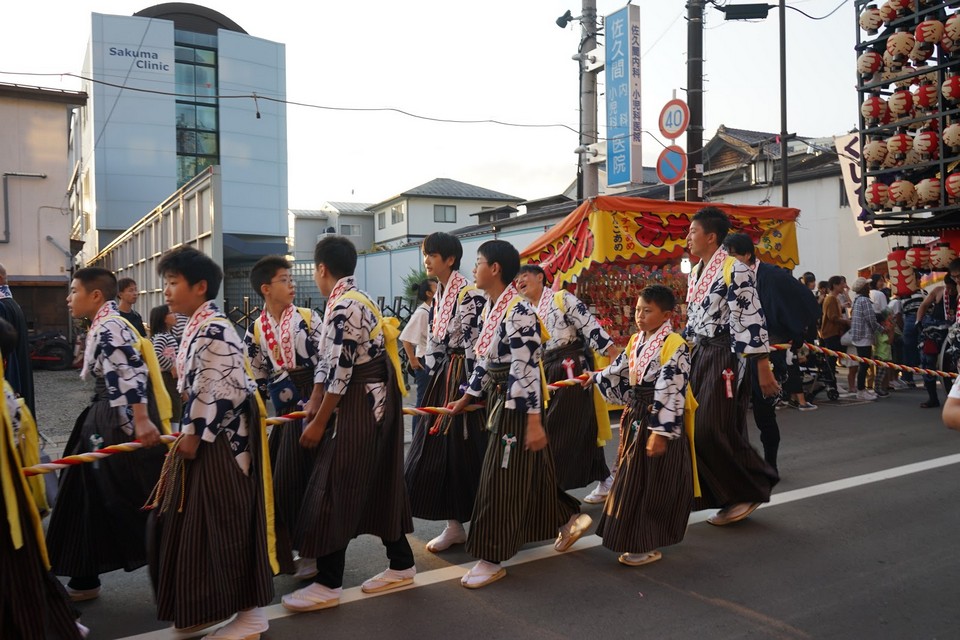
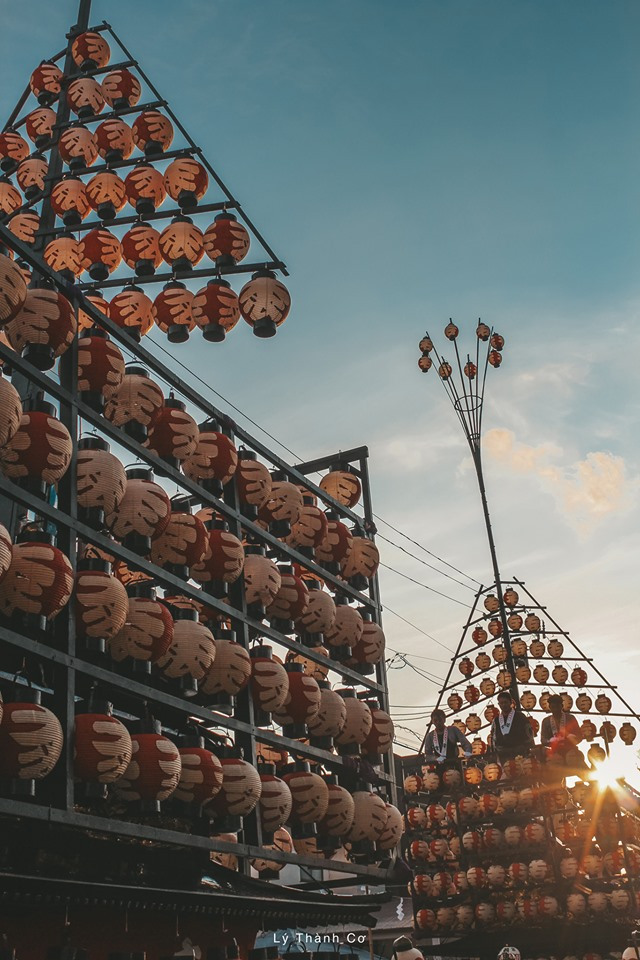
More than 300 years ago in the Edo period, the lord of Nihonmatsu domain Mitsushige Niwa founded the Chouchin lantern festival (提灯祭り) so that people in the region could have fun together. Besides the food stalls like traditional Japanese festivals, the special feature of this festival is 7 lantern carts representing the 7 districts pulled by children and young people who selected from these 7 prefectures. In the evening, the lanterns on 7 carts will be lit up in excited chants creating a magnificent scene.
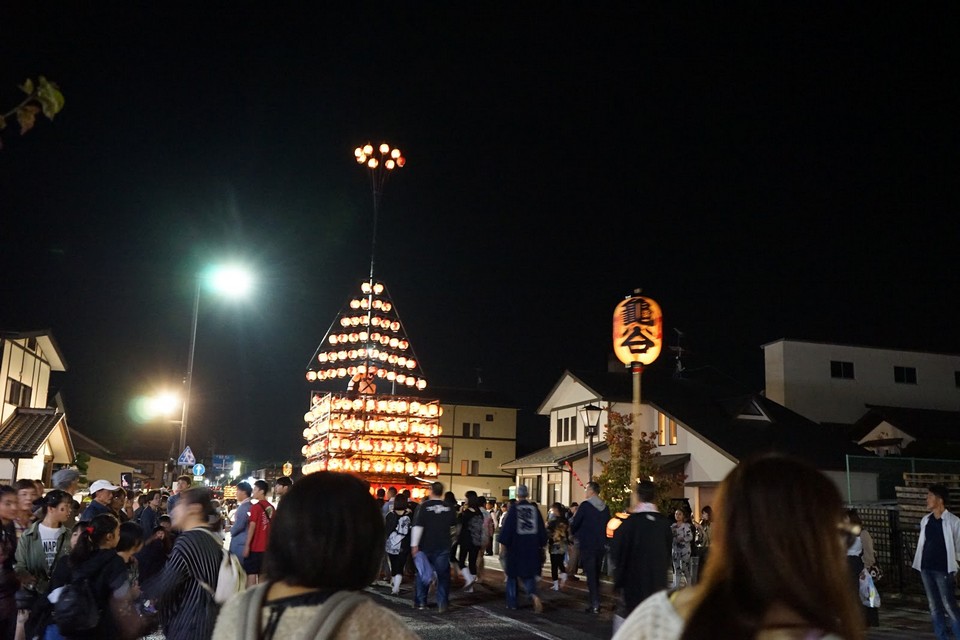
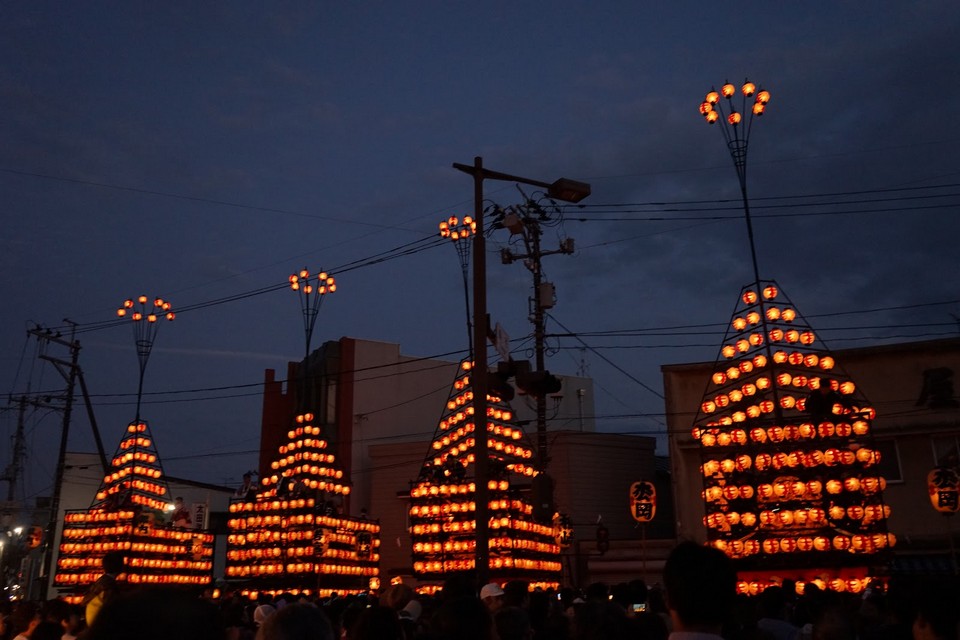
There are 3 things I recommend you to try when participating in the festival:
- Buy a district badge and support that district’s lantern cart like a true Nihonmatsu resident.
- Following the cart, each time the two carts meet, there will be a ceremony of drinking and shaking hands between the elders. Let’s immerse yourself in the atmosphere of the festival!
- Buy a lantern engraved with the name of your favorite district or you can make one by yourself to take with you to the festival. You can paste the pictures you like, write your name and draw on the lantern.
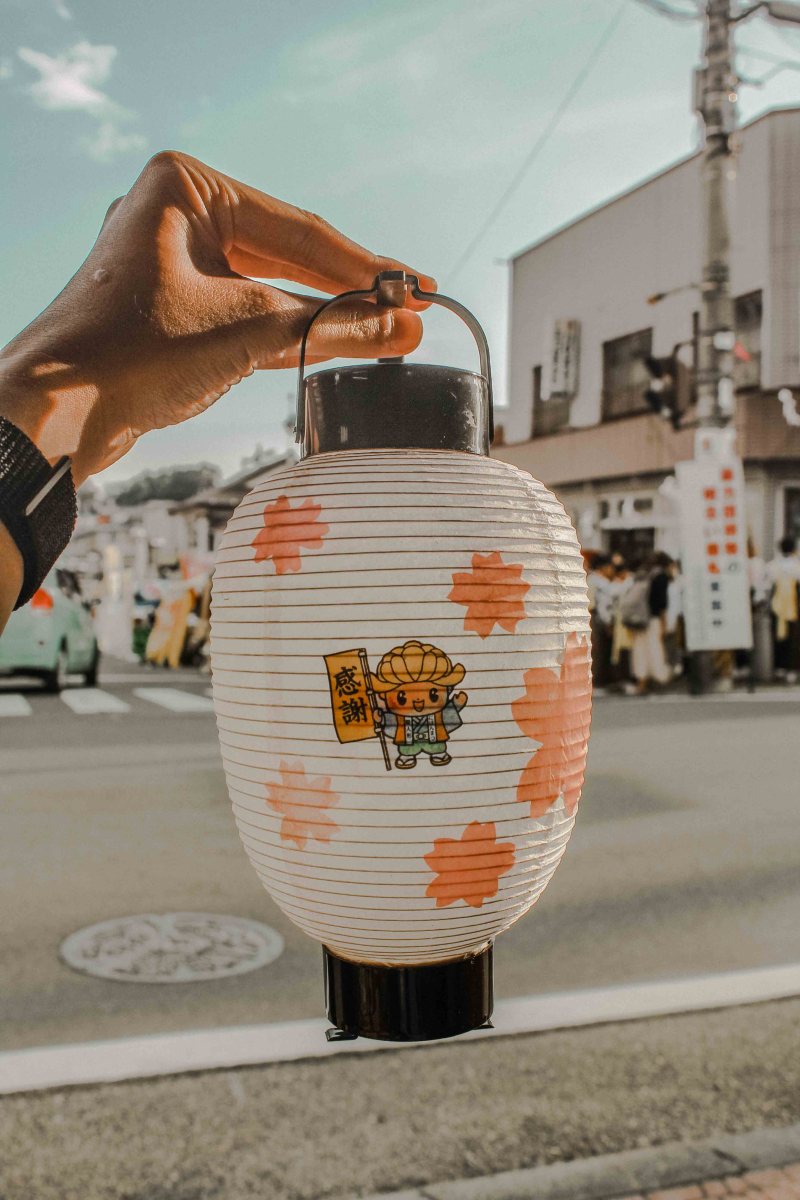
Price: 1,000 JPY/lantern
Address: 1 Chome Motomachi, Nihommatsu, Fukushima 964-0917, Japan
Nihommatsu’s Chrysanthemum Doll Exhibit
This fall festival will feature stories that expressed from countless chrysanthemums. Each character is a doll dressed in a colorful and eye-catching chrysanthemum clothing. Every year Nihommatsu will choose a story and this year is the famous Genji story.
An entire castle is full of chrysanthemums – have you ever seen that anywhere? Nihonmatsu Castle is a unique place with dolls made of chrysanthemums based on the main scenes that Genji experiences in The Tale of Genji, the world’s first novel and play a special role in Japanese culture.
Each doll is handcrafted from 200 to 300 bouquets of chrysanthemums in different colors, creating interesting images of Genji’s life stages. The chrysanthemums here are large in size and are cared for with secret techniques. If you have an opportunity to witness the chrysanthemum here with your own eyes and listen to the guide enthusiastically describe the quintessence of the art of floriculture and doll making, you will surely be super amazed!
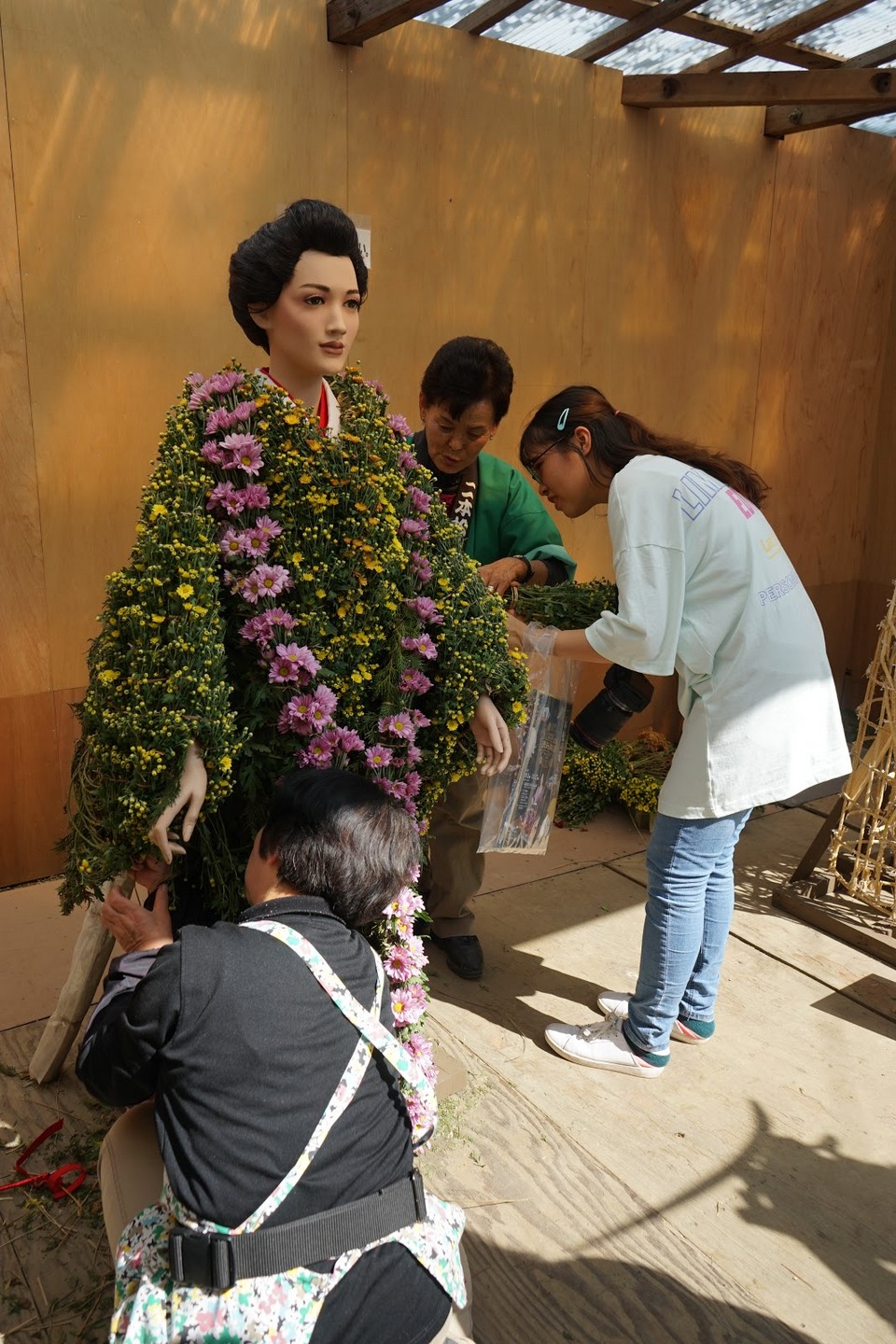
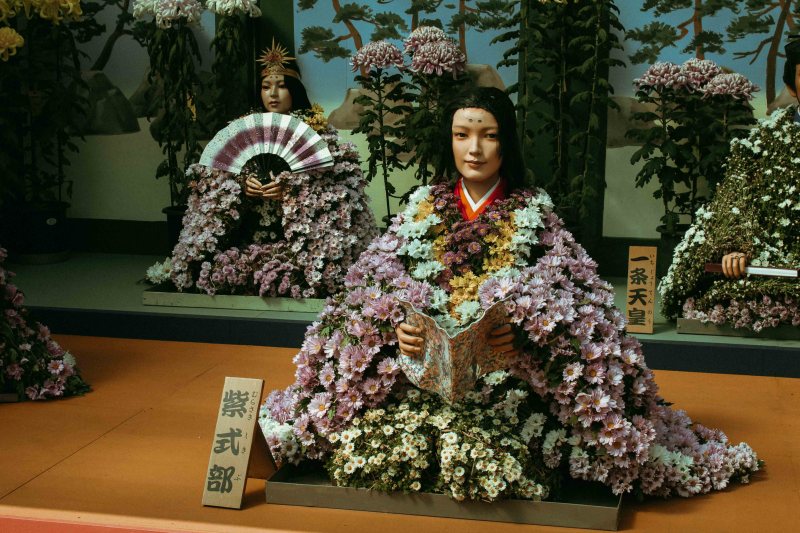
In the castle grounds, there are also extremely unique shooting locations such as the check-in spot with pokemon Mum and the wall of chrysanthemums.
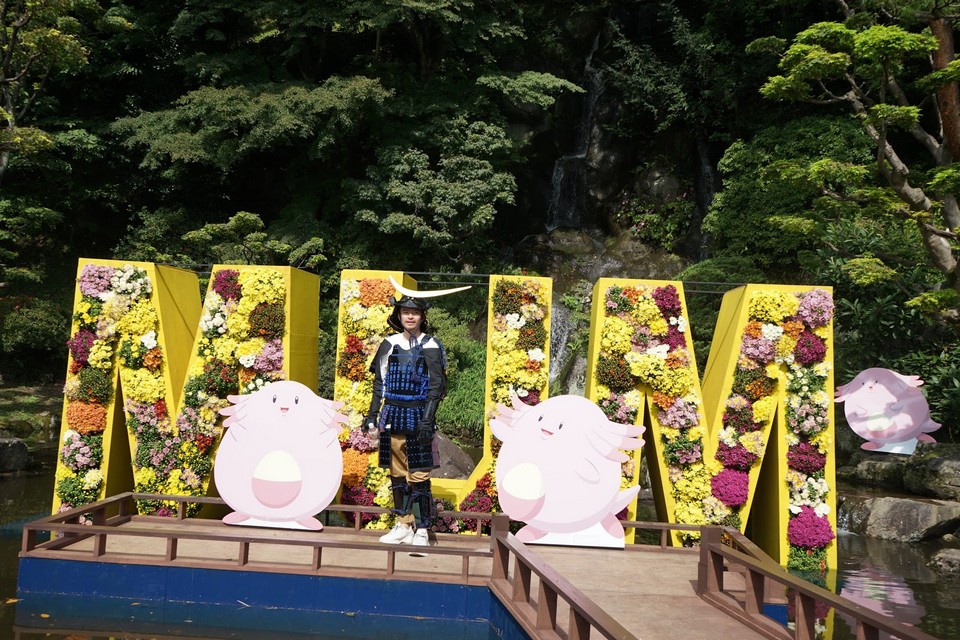
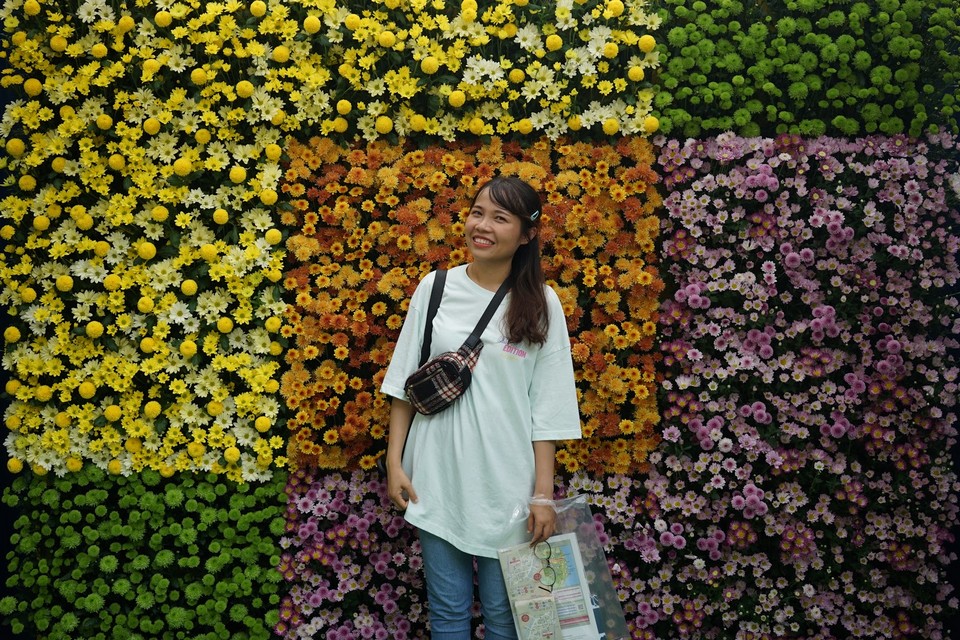
If you want a panoramic view of the lovely city of Nihonmatsu, you can climb to the highest point of the castle ruins. Come here in April or November and you will get a super beautiful view of cherry blossoms and red leaves!
At Nihonmatsu Castle you can not only enjoy the scenery but also experience some interesting tourist services. You can rent a samurai armor in the style of “One-Eyed Dragon” Date Masamune and other famous daimyo who have been associated with this castle. The girls can dress up in a costume of an Japanese lady in old days, guaranteed to have very unique and very Japanese photos!
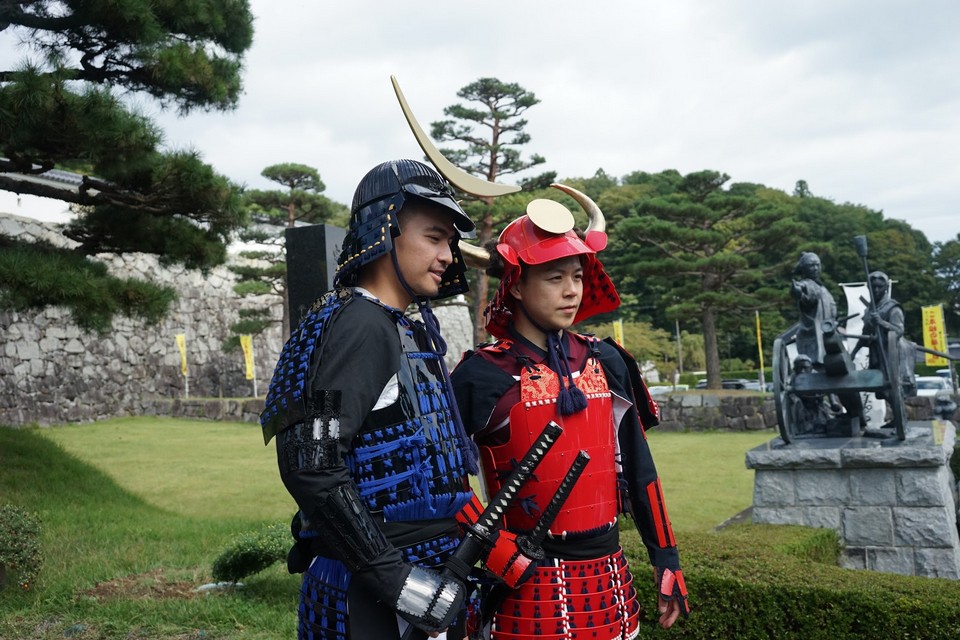
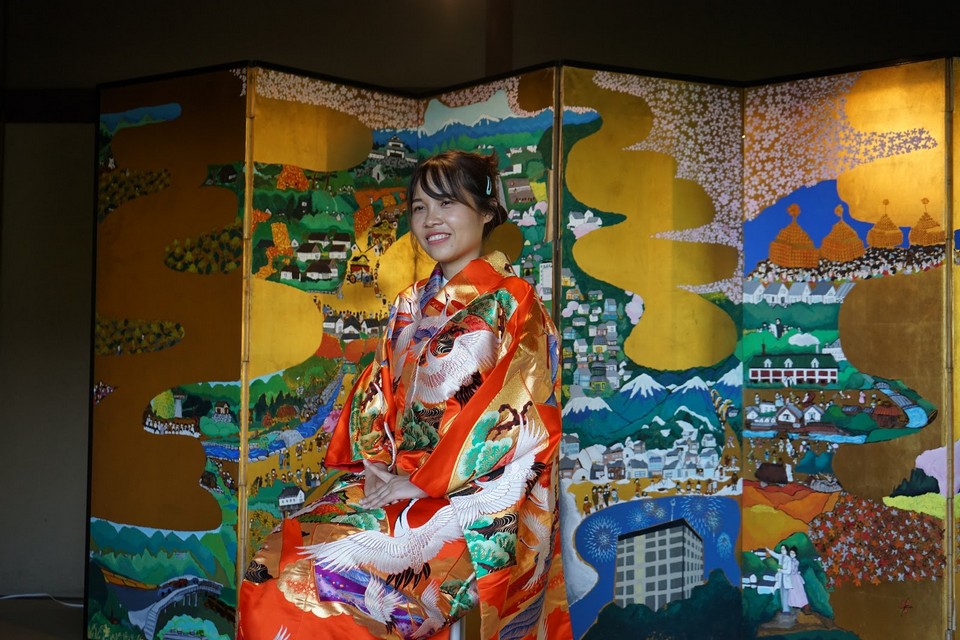
Address: Kasumigajo Park 4 Chome Kakunai, Nihommatsu
Fee: 1,000 JPY
Sake and onsen
After jubilantly participating in the lantern festival, my stomach told me to finding a dinner. I choose an oden and onigiri shop because it was a cold evening, so eating oden is wonderful, right? The oden at Oden Miyoshi shop (details in below) was quite good, especially when paired with the premium sake in Nihonmatsu. According to the introduction of the shop owner, the water from the high mountains in this region has been famous for its delicious taste since ancient times, so the onigiri and sake of the Nihonmatsu region are also the best of the northeast of Japan. Sake here is subtle sweetness, so be careful not to overdrunk when you see the wine rice is too great.
Nihonmatsu is also a famous onsen area in Japan. The onsen here has a high concentration of acid and is said to help smooth skin. After a day of walking a lot and participating in various activities, an onsen bath at the inn helps me recover and relax quickly.
Experience craftsmanship
Another interesting thing of Nihonmatsu is that you can participate in the experience of making authentic Japanese crafts, especially when you go with family and friends. Witnessing the master techniques of the artisans and trying them out yourself, you will appreciate those lovely everyday items even more. My second day in Nihomatsu started with trying out of making Japanese traditional paper (washi). Dipping the paper sheets in the liquid dye and then dry, and you’ll create such pretty sheets of paper for wrapping or decorating! After learning how to make washi paper, I happened to find out that there is a super pretty flower park next to it.
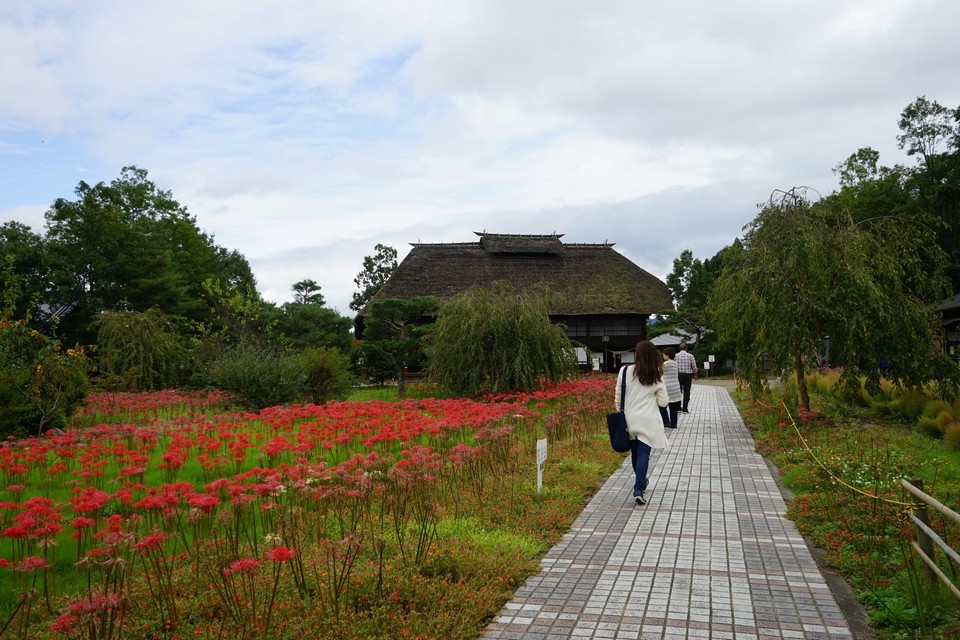
Next, I went to the house of a famous sculptor in the region to participate in the chopstick sharpening experience. This artisan is also the one who fixes the lantern carts during the lantern festival! Besides making chopsticks, he also makes many other exquisite crafts from wood such as Noh masks or household items. Chopstick sharpening is also a great experience if you go in a group or family, each of you will be able to sharpen chopsticks with different and very beautiful patterns!
At the end of two days of traveling in this lovely city, I had lunch at Sen no Hana (千の花) with a set of Nihonmatsu’s specialties including soaked squid and sake fish and sticky rice. Great taste!
What and where to eat in Nihonmatsu city?
When I came to Nihommatsu, the thing that surprised me the most was the regional cuisine that left visitors with a lot of nostalgia. Whether eating out at an open-air fair, or going to a local restaurant, I am truly satisfied with this place. Here are some delicious places you should visit:
Suginoya Noodle Shop: It specializing in yakisoba noodle, which is a typical stir-fried soba noodle of the Tohoku region, with a noodle that is larger than ramen but smaller than udon, very tasty.
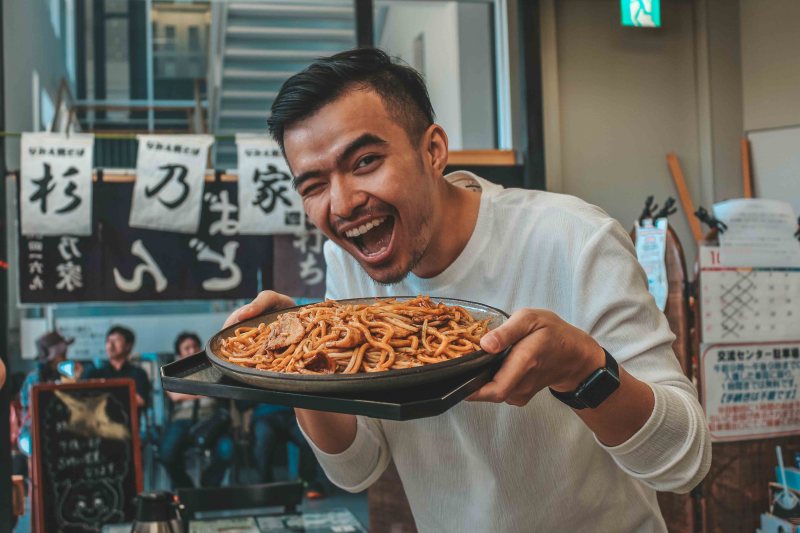
Address: 2-3-1 Motomachi, Nihonmatsu 964-0917 Fukushima Prefecture
Hours: 11:00 AM – 3:00 PM5:00 PM – 8:00 PM
Oden Miyoshi
Oden is a nutritious Japanese hot pot that is often used in cold seasons or when drinking with sake. Don’t hesitate to order a few bottles of sake to sip because this region has the top 5 Sake in Japan, the taste is very sweet and light.
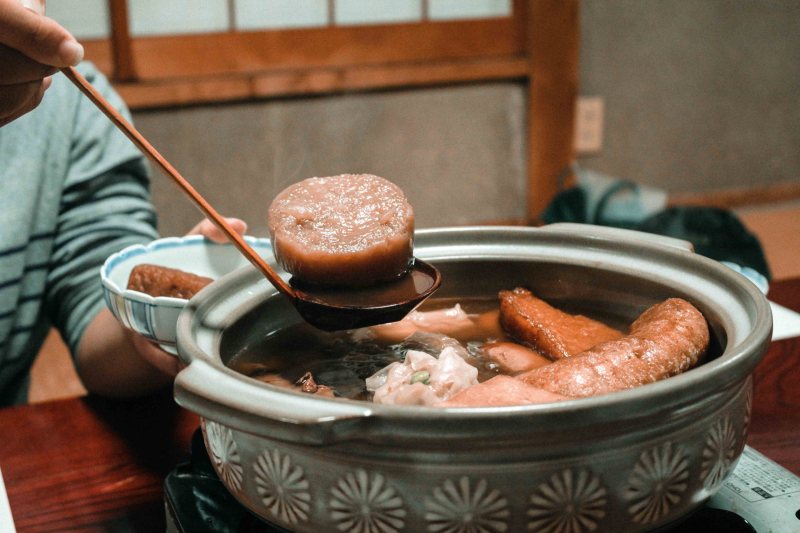
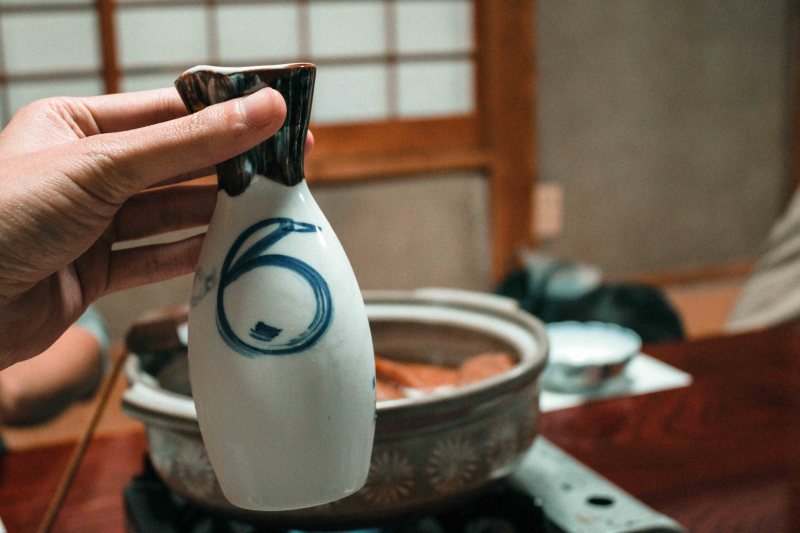
Address: 193 Motomachi, Nihommatsu.
Seishintei Tea Shop: 3 Chome-164-2 Kakunai, Nihommatsu to enjoy the tea ceremony
Matsumoto Store: 2 Chome-220 Kamegai, Nihommatsu for wagashi as described above with its famous sweets.
Where to staying in Nihommatsu Japan?
In Nihommatsu there are not too many options to stay overnight, but this is also an experience to try because next to Nihonmatsu Japan is Mount Mt Adatara with its famous Dake onsen village at the foot of the mountain which is an active volcano and has the best mineral water of hot springs.
One place you should stay is a ryokan – traditional Japanese inn – mt. inn(マウント イン)at the address: Japan, 〒964-0074 Fukushima, Nihommatsu, Dakeonsen, 1−7.
Below we recommend more best budget, mid-range and upscale hotels with good ratings and reviews you can refer to.
- Azumakan (Agoda.com or Booking.com)
- Kagamigaike Hekizantei (Agoda.com or Booking.com)
- Hanakanzashi
- Kounkaku
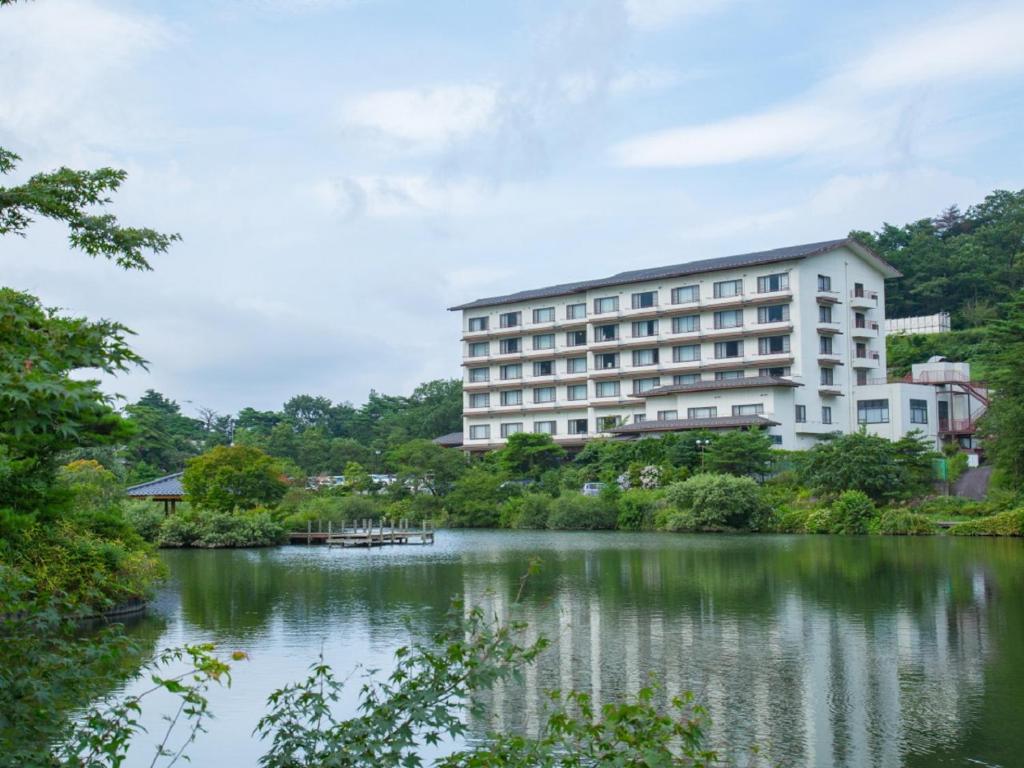
Check out more top accommodations in Nihonmatsu via Agoda.com or Booking.com.
How to get to Nihommatsu City?
From Tokyo
You only need to travel by 2 trains. From Tokyo Station or Ueno station, take the 1 hour 15 minute Yamabuki train to Koriyama station. Then, from Koriyama station you take another local train line to Nihommatsu station.
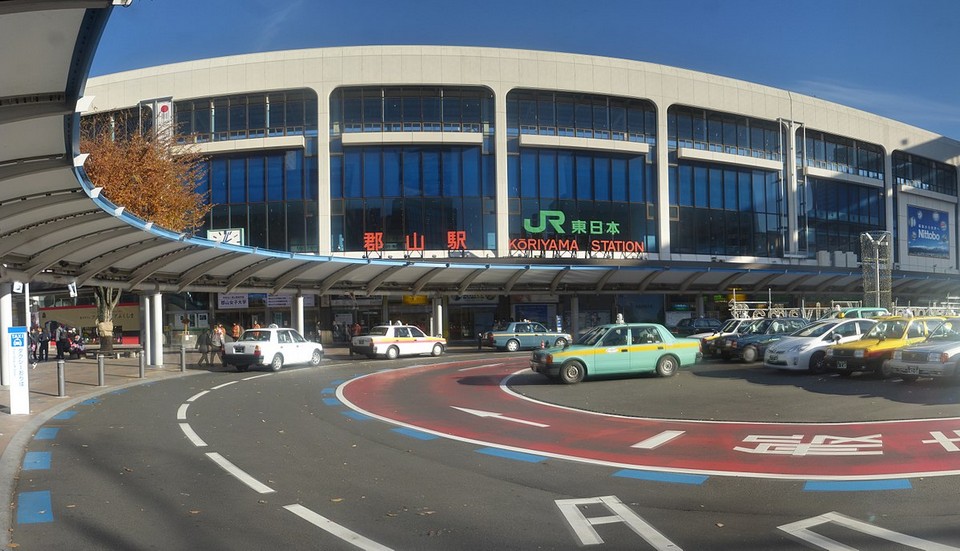
From other cities
You will need to fly directly to Fukushima airport and then from Fukushima just take a train or bus to Nihommatsu. Domestic airfares in Japan range from $52 to $87 with airlines ANA, Jet Star, Peach.
Bottom lines
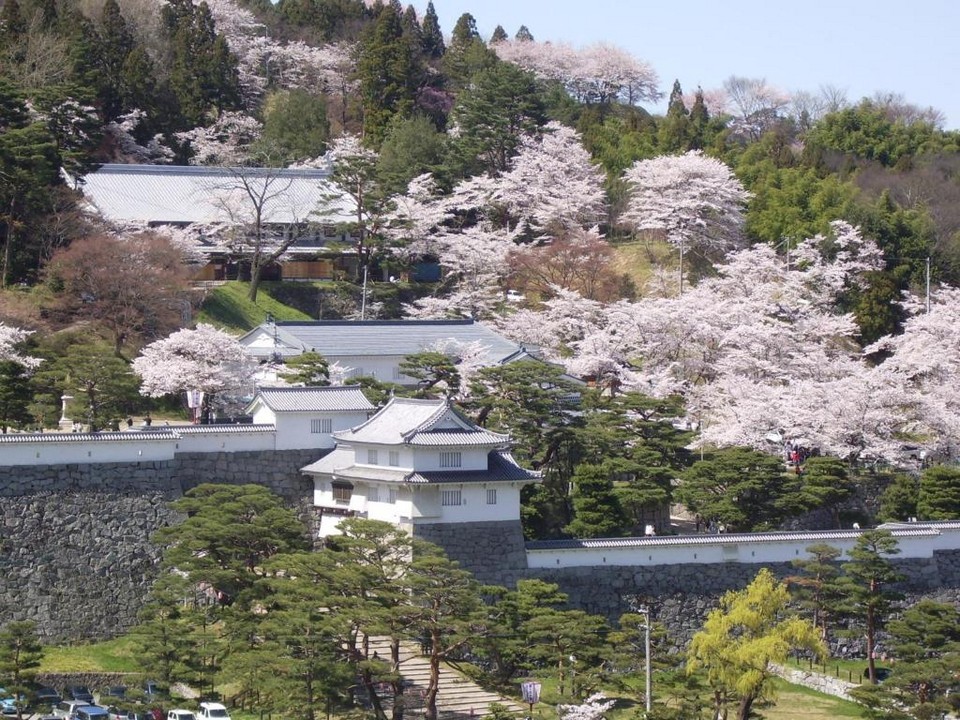
Spend two days in Nihonmatsu made me feel quite satisfied with the goal of finding a beautiful city, not too noisy and able to experience a lot of traditional cultural beauties in Japan. What I am most impressed with here is not just the festival, poetic scenery or traditional imprints but how the people here love their homeland. It was the guide uncle at the castle who meticulously showed me how to grow chrysanthemums, it was the passionate artisans who taught me about confectionery, how to enjoy tea, about traditional crafts, about the restaurant owners proudly talks about the unique local produce that make up the delicious food and how everyone shares the joy and excitement of the lantern festival. Everyone always show a sincere and deep love for their homeland, I think that’s what a traveler like me wants to feel the most when coming to a foreign land. That’s right, you have to love your land from the bottom of your heart to be able to welcome strangers to visit with the warmest sincerity, right?
So, let’s come to Nihonmatsu! You will also feel the beautiful things that I felt.
Some best day tours, trips, activities and transfer services, tickets in, to and from Tokyo you can refer to
- Private Narita International Airport Transfers (NRT) for Tokyo 23 Wards, Hakone, or Karuizawa
- Airport Limousine Bus Transfers from/to Narita and Haneda International Airport (Free Wifi Onboard)
- Nikko Cultural Day Tour from Tokyo
- Tokyo Subway Ticket (24, 48, or 72 Hours)
- Tokyo Skyliner and Tokyo Subway Ticket
- 4G Prepaid Sim Card (JP Airports Pick Up) for Japan
- 4G WiFi (Japan Pick Up) for Japan
- JR Pass for Whole Japan (7, 14, or 21 Days)
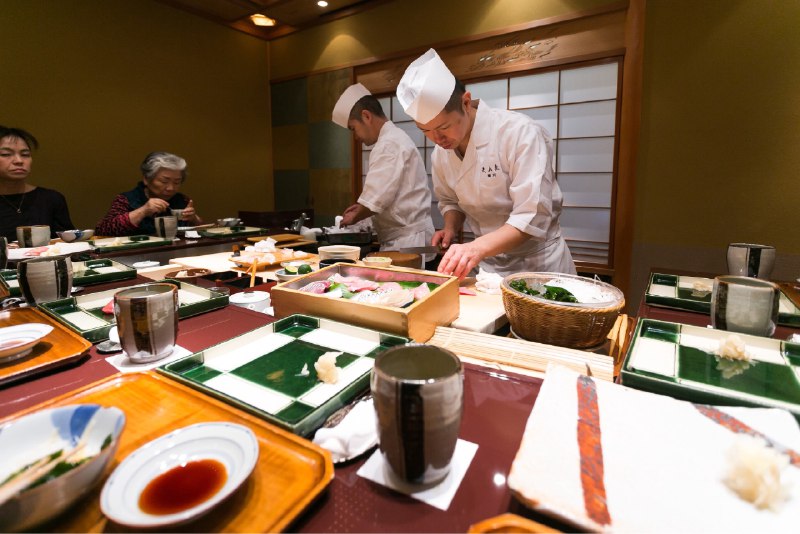
Are you finding more top things to do in Japan: Tours, activities, attractions and other things? Let’s check it out here.

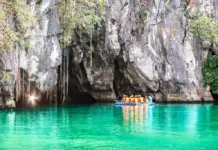
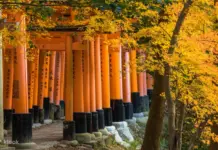





























![10 best airports in Asia in 2016 [RANKED] kuala-lumpur-international-airport-best airports in asia in 2016 by skytrax ratings](https://livingnomads.com/wp-content/uploads/2016/08/29/kuala-lumpur-international-airport-best-airports-in-asia-in-2016-by-skytrax-ratings-218x150.jpg)








